Understanding the Difference Between A and B Lenders in the Mortgage Industry
Which lender is right for you?
After working in the mortgage industry for over a decade, it’s safe to say that one of the most frequently asked questions I receive from clients is, "What's the best rate you can offer me?"
While a low rate is certainly important, it is not the only factor to consider when choosing a mortgage. Other factors that need to be considered include pre-payment options, early payout penalties, portability, assumability, bonafide sales clauses, and other special offerings, such as free home warranty and renewal options. In addition, it's important to take into account your current life and financial situation, employment tenure and future goals, intentions with your current or prospective property, as well as current economic trends to ensure the overall affordability of the loan over the life of your mortgage term.
The lending landscape is divided into two types of lenders: A-lenders and B-lenders. Both have different overall lending criteria in terms of creditworthiness, property requirements, and your ability to pay the loan, also known as debt servicing. These differences mostly centre around the flexibility that each type of lender provides to their prospective borrowers. Choosing the right lender can make a big difference in your mortgage experience.
In this article, we will explore the differences between A-lenders and B-lenders, the pros and cons of each type of lender, and which lender is right for you.
What is an A-lender?
A-lenders, or prime lenders, are banks, credit unions, and other reputable financial institutions that offer competitive interest rates and flexible terms to borrowers who have excellent credit scores, stable income, and low debt-to-income ratios. These lenders have stricter policies and guidelines that cater more towards applicants with strong creditworthiness, good employment tenure and overall income, as well as lower debt servicing ratios. The lower cost associated with these loans is owed to the fact that these types of loans carry a lower risk of default as the clients would have to meet very specific lending requirements to prove they can afford the loan.
Pros of A-lenders
Lower interest rates: A-lenders offer lower interest rates than B-lenders because they lend to borrowers with excellent credit scores and low debt-to-income ratios, which means they have a lower risk of default.
More financial products: A-lenders offer more financial products than B-lenders. They have a wider range of loans, including personal loans, mortgages, business loans, and credit cards.
Reputation: A-lenders have a reputation for being reputable financial institutions. They are regulated by government agencies and have a vast network of branches that make them more accessible than B-lenders.
Flexible Lending Parameters: A-lenders offer more relaxed lending parameters for borrowers with good credit scores and stable income. They may offer longer repayment terms, lower down payments, and higher loan amounts.
Cons of A-lenders
Stringent lending criteria: A-lenders have strict lending criteria, which means that they only lend to borrowers who have excellent credit scores and low debt-to-income ratios. This makes it difficult for borrowers with poor credit scores or financial challenges to qualify for loans.
Longer approval times: A-lenders can take longer to approve or finalize loans because they have more stringent lending criteria than B-lenders.
Limited flexibility: A-lenders have limited flexibility when it comes to lending criteria. They tend to have strict credit score and debt servicing requirements, which means that borrowers who do not meet these requirements may not be able to secure a loan.
What is a B-lender?
B-lenders, also known as sub-prime lenders, are financial institutions, including banks and credit unions, that specialize in providing loans to borrowers with less-than-perfect credit scores, high debt-to-income ratios, and other financial challenges. These challenges could include non-traditional or self-employed income, previous or current bankruptcies, and/or consumer proposals, which would make it difficult to qualify for traditional loans with A-lenders. B-lenders charge higher interest rates and lender fees to offset the higher risk of default associated with such borrowers. However, they also offer greater flexibility in qualifying for a loan. This flexibility includes options such as increasing the loan amount, more lenient credit requirements, and more forgiving debt-to-income ratios. B-lenders are a great option for those who have been declined by A-lenders, those with non-traditional or self-employed income, or those with past credit challenges.
Pros of B-lenders
More flexible lending criteria: B-lenders offer more flexible lending criteria than A-lenders. They are willing to work with borrowers who have poor credit scores, high debt-to-income ratios, or other financial challenges.
Faster approvals: B-lenders can offer faster approvals because they have a simplified loan approval process that focuses on a borrower's ability to repay the loan and the value of the collateral.
Access to financing: B-lenders provide access to financing for borrowers who may not qualify for loans from A-lenders. They also provide options to increase your total qualifying mortgage amount well above the limits that would be otherwise imposed from an A-lender based on debt servicing ratio limitations.
Cons of B-lenders
Higher interest rates: B-lenders tend to charge higher interest rates and fees than A-lenders because they lend to borrowers who have poor credit scores, high debt-to-income ratios, or other financial challenges.
Shorter term loans: B-lenders typically provide shorter term loans, with an average term being anywhere from 1 to 3 years, meaning that clients relying on B-lenders may be required to transact on their mortgage more frequently than those relying on A-lenders.
Reputation: B-lenders do not have the same reputation as A-lenders. They may be seen as less reputable or more risky because of the higher interest rates and fees that they charge, and because most B-lenders do not deal direct to consumer and rely on Mortgage Agents and Brokers to provide services
Which Lender Is Right for You?
Choosing the right lender is an important decision when it comes to securing a mortgage and depends heavily on your individual financial situation and goals. While interest rates are important, they are not the only factor to consider.
A-lenders are a good option for borrowers with excellent credit scores, stable income, and low debt-to-income ratios. They offer lower interest rates and a wider range of financial products, making them a good choice for borrowers who want to save money and have access to a variety of financial services.
B-lenders are a good option for borrowers who do not meet the strict lending criteria of A-lenders. They offer greater flexibility in terms of lending criteria, faster approval times, and specialized products for borrowers with non-traditional income sources or financial challenges.
Conclusion
As a mortgage broker, I can help you navigate the mortgage landscape and find a mortgage solution that fits the requirements of the lender based on your unique situation. I will help you assess all of your options, provide advice on the right lender and type of mortgage product for your needs, and help you realize savings beyond just “the lowest rate”.
Ready to take the next step towards your dream home? Book a free 30-minute consultation with me today.

